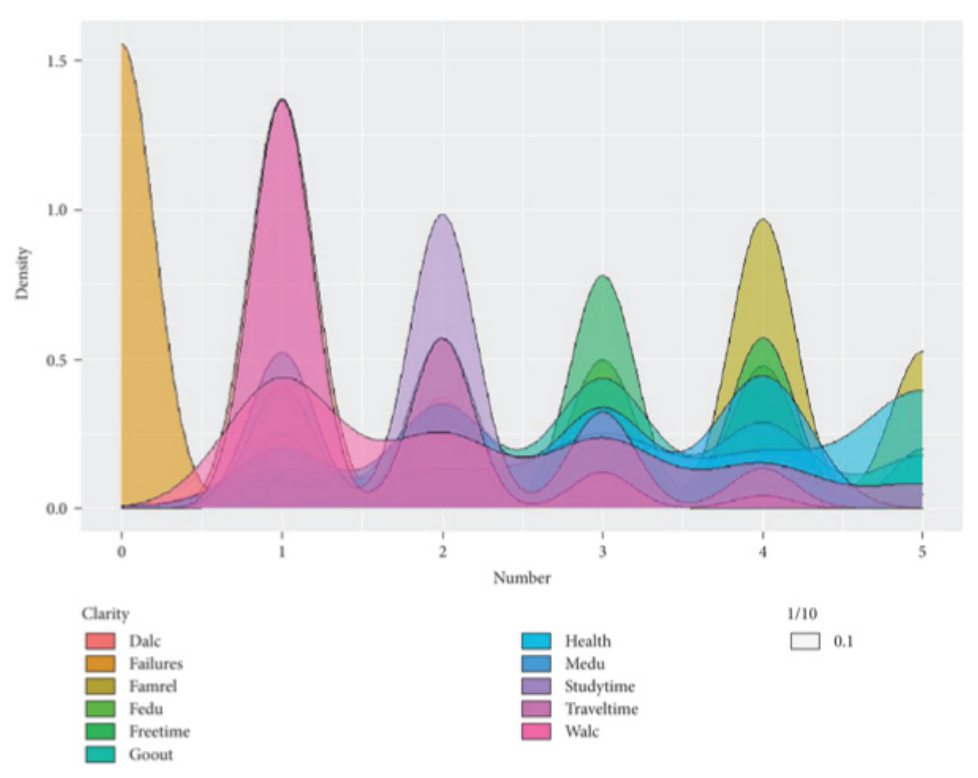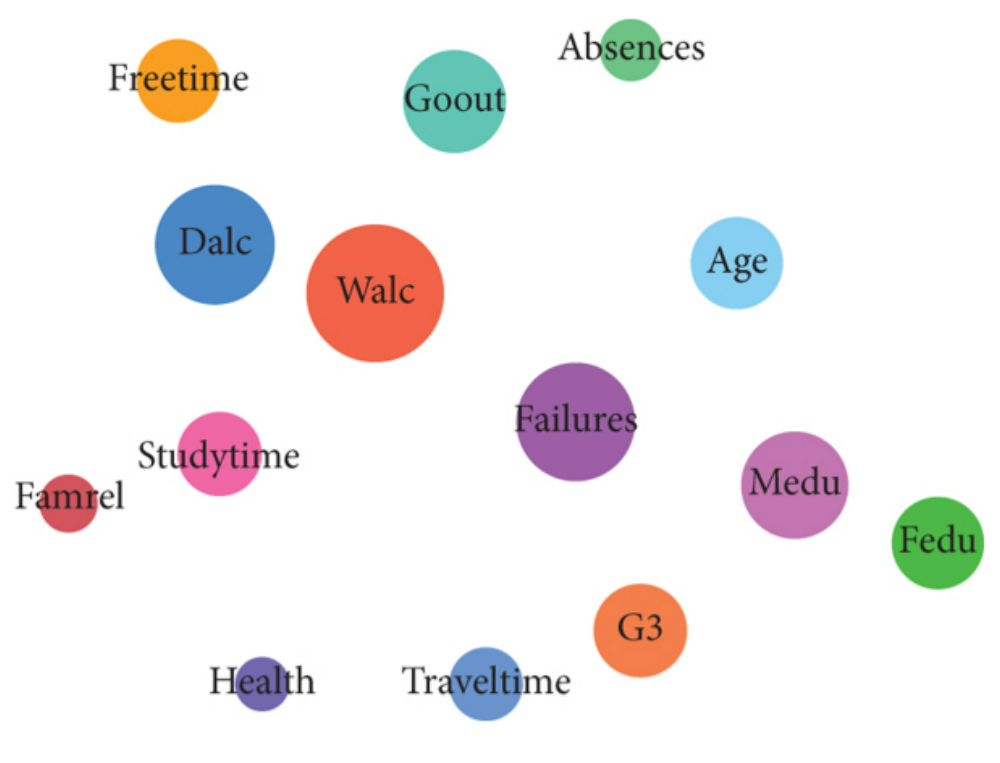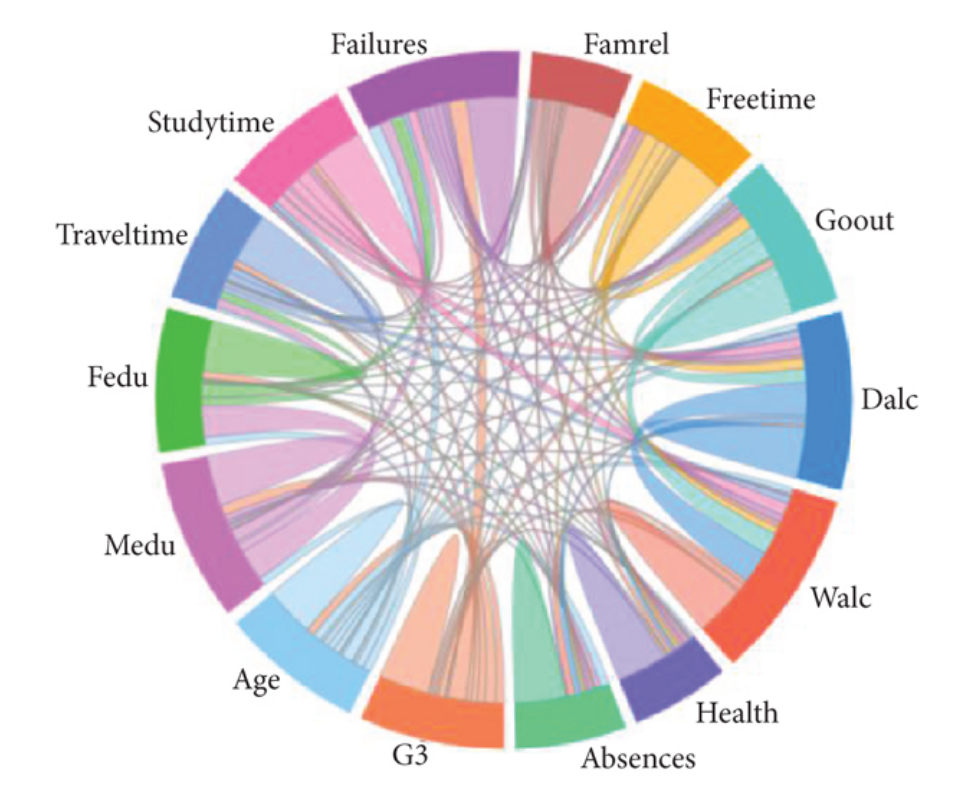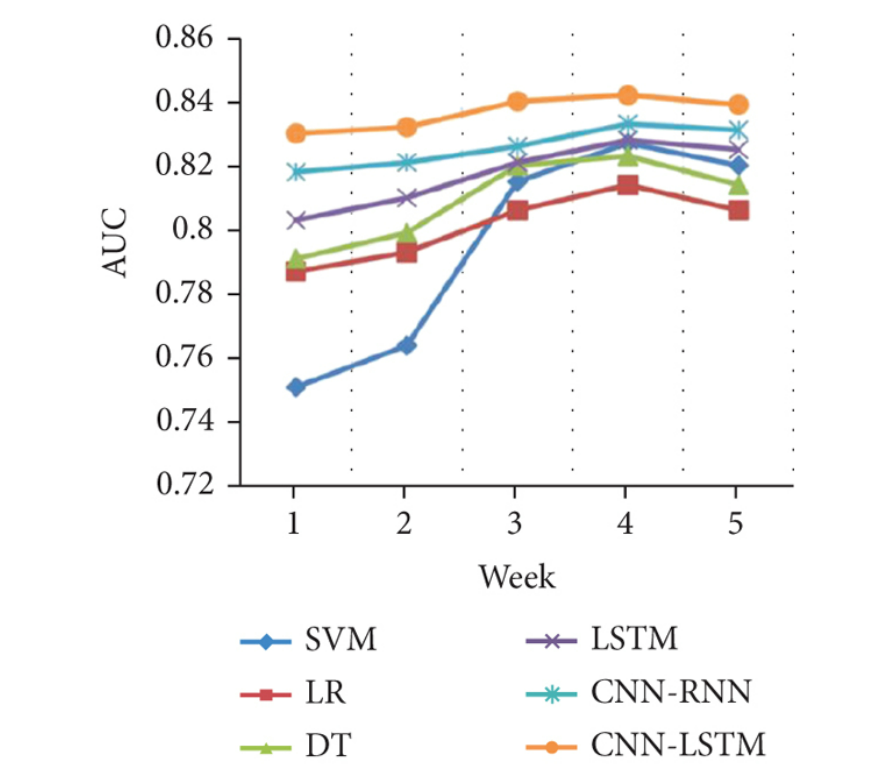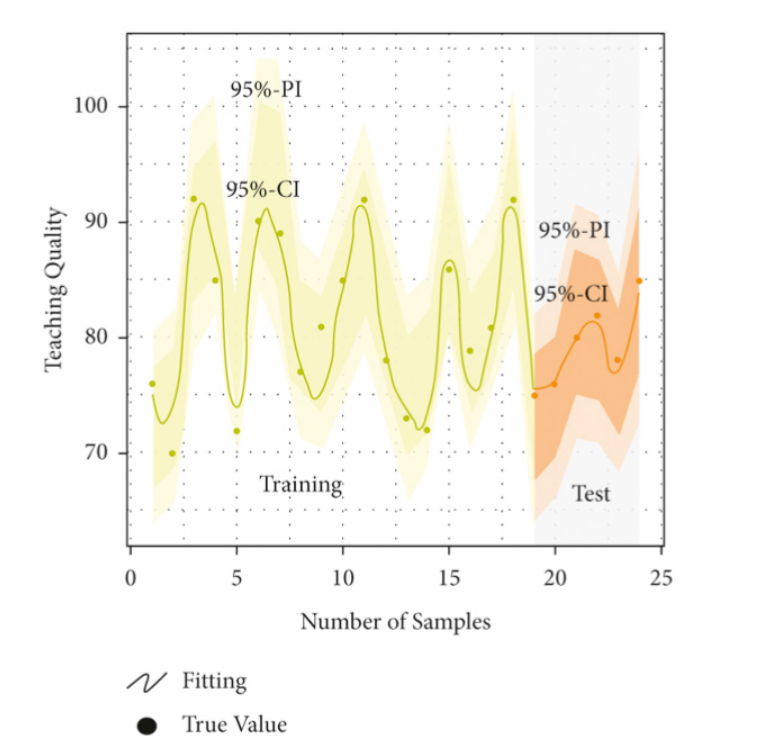 An open access journal
An open access journal
Online STEM Labs and Virtual Laboratories: Experiments in a Digital Environment
Abstract
Online STEM labs and virtual laboratories have revolutionized the way students engage in scientific experiments, offering a digital environment for hands-on learning experiences. This paper explores the concept of online STEM labs and virtual laboratories, their pedagogical significance, and the technological advancements that enable their implementation. It examines how these digital environments replicate real-world experiments, allowing students to explore scientific concepts, conduct experiments, and analyze data in an interactive and immersive manner. The discussion includes an overview of the benefits of online STEM labs, such as increased accessibility, flexibility, and cost-effectiveness, as well as their potential to bridge the gap between theoretical knowledge and practical application. Moreover, the paper addresses the challenges associated with virtual laboratories, including the need for effective simulations, alignment with curriculum objectives, and equitable access for all students. Through a review of empirical studies and case examples, the paper underscores the effectiveness of online STEM labs and virtual laboratories in enhancing STEM education across various educational levels. The conclusion offers recommendations for educators and institutions on integrating these digital resources into their STEM curricula, emphasizing the importance of providing guidance and support to maximize the educational impact.
Share and Cite
Article Metrics
References
- Barak, M., & Doppelt, Y. (2000). A case study of the impact of high-level computerized estimation on fifth graders’ ability to estimate. Educational Technology Research and Development, 48(2), 37-52.
- Bell, R. L., Maeng, J. L., & Binns, I. C. (2013). Learning in context: Technology integration in a teacher preparation program informed by situated learning theory. Journal of Research in Science Teaching, 50(3), 348-379.
- de Jong, T., & Linn, M. C. (2008). Educational Technologies and the Design of Learning Environments. In Sawyer, R. K. (Ed.), The Cambridge Handbook of the Learning Sciences (pp. 681-697). Cambridge University Press.
- Fishman, B. J., Penuel, W. R., Allen, A. R., Cheng, B. H., Sabelli, N., Solomon, G., & Cheng, B. H. (2013). Design-Based Implementation Research: An Emerging Model for Transforming the Relationship of Research and Practice. Yearbook of the National Society for the Study of Education, 112(2), 136-156.
- Hofstein, A., & Lunetta, V. N. (2003). The laboratory in science education: Foundations for the twenty-first century. Science Education, 88(1), 28-54.

